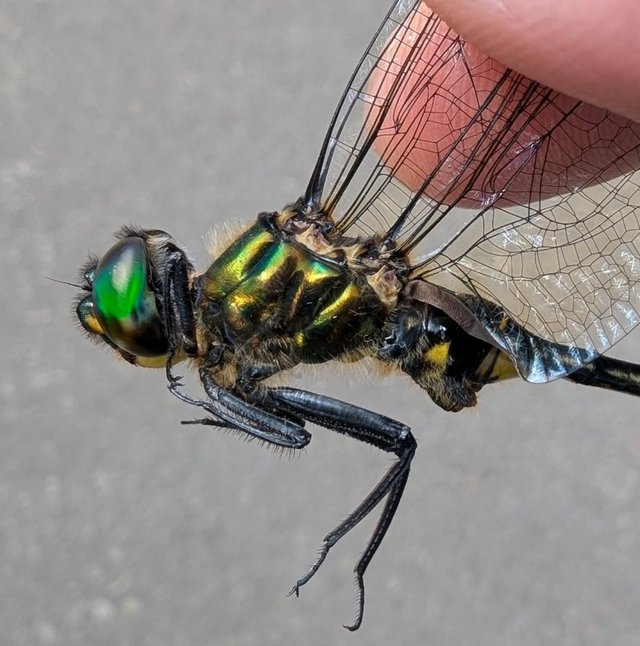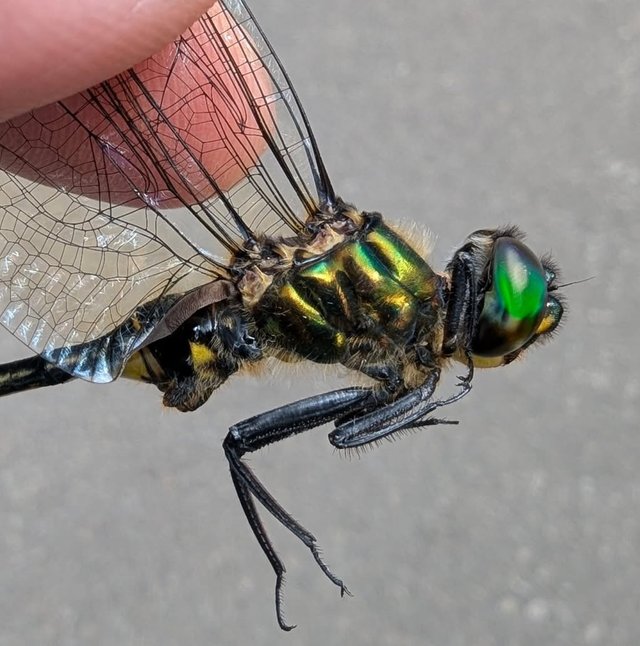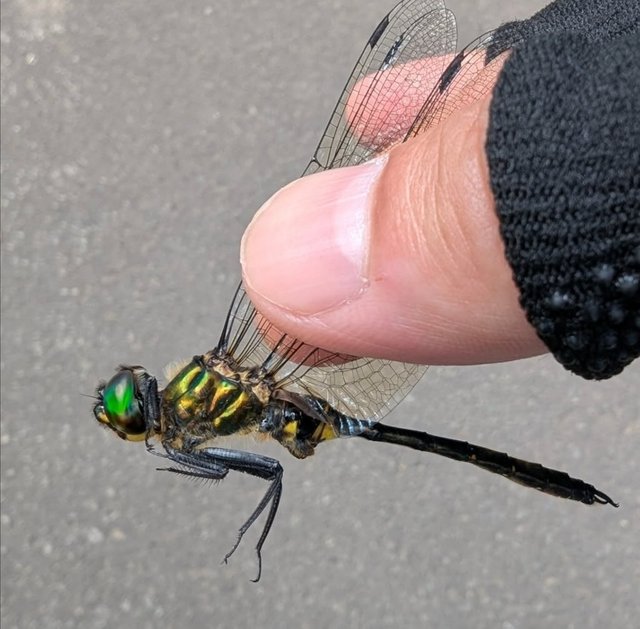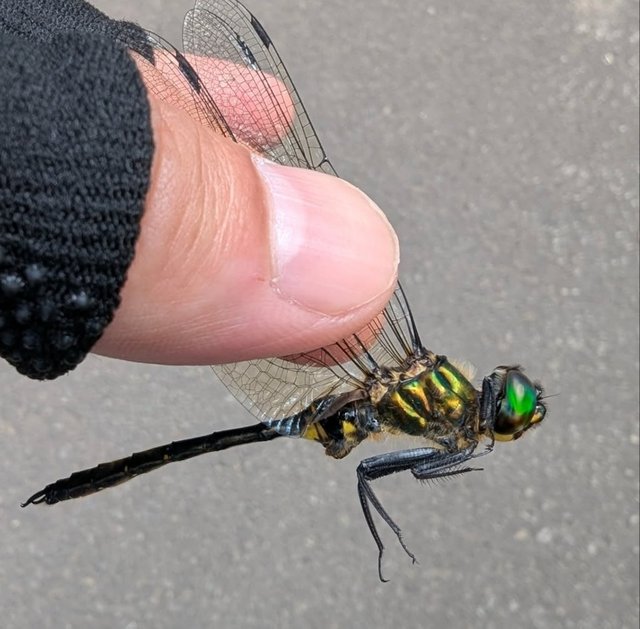So Beautiful Dragonfly
The Dragonfly: A Jewel of the Insect World
Dragonflies are among the most captivating and ancient insects to grace our skies. Known for their shimmering wings, agile flight, and vibrant colors, these incredible creatures are more than just eye-catching. They are master hunters, skilled flyers, and important indicators of environmental health. With roots tracing back over 300 million years, dragonflies are living fossils that continue to thrive in modern ecosystems. This post takes an in-depth look at the biology, behavior, symbolism, and ecological significance of dragonflies.
Origins and Evolution
Dragonflies belong to the order Odonata, which also includes damselflies. Within Odonata, dragonflies fall under the suborder Anisoptera, a name that means “unequal wings”—a reference to their larger hindwings compared to their forewings. These insects have an ancient lineage. Fossil records show that their ancestors, known as griffinflies, had wingspans that reached over 70 cm, making them some of the largest insects to ever live. These prehistoric giants thrived during the Carboniferous period, when atmospheric oxygen levels were significantly higher than today.
Anatomy and Flight
Dragonflies are easily recognized by their large, multifaceted eyes, elongated bodies, and two pairs of strong, transparent wings. Their compound eyes can contain up to 30,000 lenses, giving them almost 360-degree vision, which is critical for detecting prey and avoiding predators.
One of the most remarkable aspects of dragonflies is their flight capability. Each wing can move independently, allowing dragonflies to hover, glide, fly backwards, and even change direction mid-flight with extraordinary precision. This makes them one of the most skilled fliers in the animal kingdom. Their wings beat around 30 times per second—much slower than many other flying insects—which helps them conserve energy during sustained flight.
Life Cycle: From Water to Air
Dragonflies undergo incomplete metamorphosis, consisting of three stages: egg, nymph (larva), and adult. Females lay their eggs in or near water. Once hatched, the nymphs live a fully aquatic life for months or even years, depending on the species. During this time, they are voracious predators, feeding on mosquito larvae, tadpoles, small fish, and other aquatic insects.
Dragonfly nymphs breathe through gills located in their rectum and can rapidly expel water to propel themselves forward—an underwater jet propulsion system. When ready to mature, the nymph crawls out of the water, often clinging to a plant stalk. It then molts one final time, emerging as a winged adult. This metamorphosis is both dramatic and beautiful, transforming a water-dwelling predator into a fast, aerial hunter.
Thanks For Reading
Device Information
| Device | cannon eos 700D |
|---|---|
| Lens | 55-250 zoom leans |
| Location | Bangladesh |




